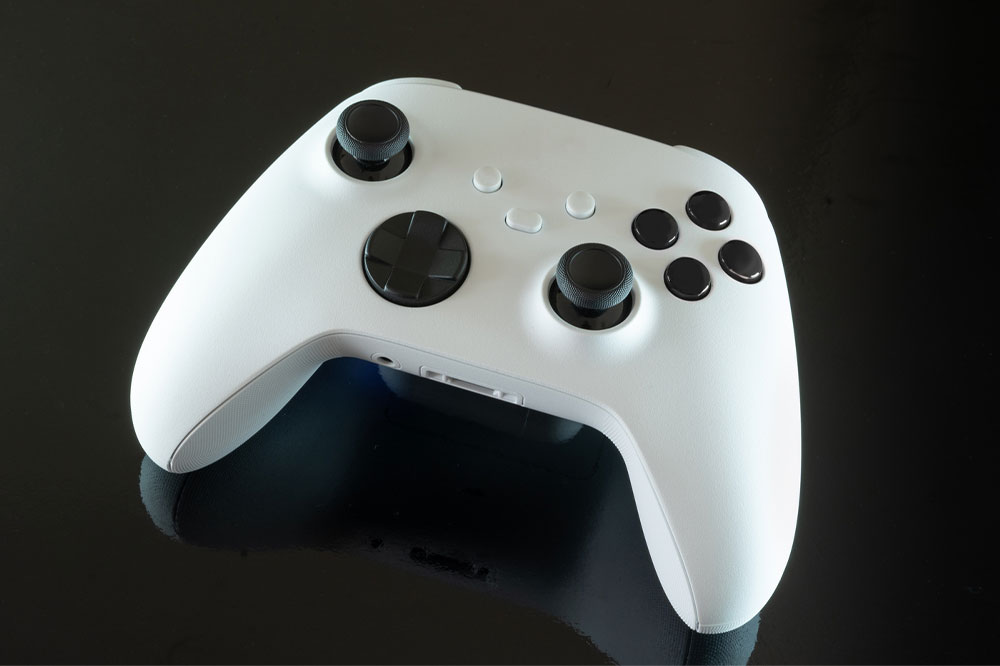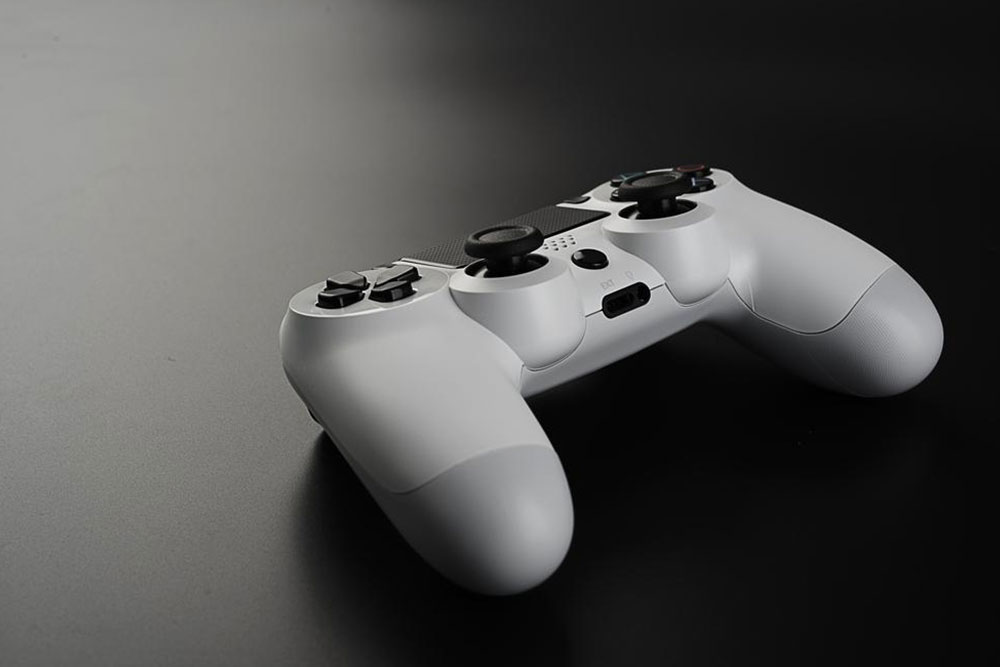Exploring the Iconic Lineup of Classic Sega Gaming Consoles
This article provides a comprehensive overview of Sega's most iconic gaming consoles, from the early SG-100 to the legendary Dreamcast. It highlights each console’s features, market performance, and lasting impact on gaming culture. Despite facing financial and competitive challenges, Sega remains a pivotal name in the industry, known for innovative devices and classic game libraries. Perfect for gaming enthusiasts and historians, this piece celebrates Sega’s influential legacy in the world of video games.

An Overview of Iconic Sega Gaming Consoles
Sega, a renowned name in the gaming industry, has been crafting innovative game consoles since 1983. The first console, SG-100, debuted exclusively in Japan. Following this, Sega launched three successive versions, with the third rebranded as the Master System for global markets in 1985. Notable consoles from Sega include the Mega Drive, Game Gear, Sega Saturn, and Dreamcast. Throughout decades, Sega has played a significant role in advancing gaming technology and entertaining players worldwide, despite facing financial challenges along the way.
Although Sega endured highs and lows in sales and popularity, the brand remains a household name.
Sega Saturn Console
The Sega Saturn, launched in 1995 in North America, was a fifth-generation console that succeeded the Sega Genesis. Boasting dual-CPU architecture with eight processors, it delivered powerful performance. While Very successful in Japan, it struggled to gain traction in the US, leading to its discontinuation in 1998. Despite this, the Saturn left behind notable titles like Nights into Dreams that endear it to gamers.
Sega’s management decisions impacted their market performance significantly.
Sega Dreamcast Console
The Dreamcast, debuting in 1998, marked Sega’s 18-year journey in the console business. It featured a budget-friendly hardware approach that incorporated off-the-shelf components. Promotional efforts made it a brief success in the US, but fierce competition from Sony's PlayStation limited its lifespan. Critics regard Dreamcast as ahead of its time, being the first console with an integrated modem for internet connectivity, offering innovative gaming experiences despite declining sales.
Sega Genesis Classic
The Genesis, known as Mega Drive outside the U.S., was introduced in 1989 as a 16-bit console built on arcade system technology. Its library includes over 900 titles, with compatibility for Master System games. Enhanced by various peripherals and network options, the Genesis has maintained a revered status among retro gaming fans. Third-party accessories further enriched its capabilities, cementing its legacy in gaming history.
Note:
Our website offers diverse and valuable insights across multiple categories. The information stems from thorough research, but readers should treat these articles as informative rather than definitive. We are not responsible for discrepancies or outdated data found elsewhere. Additionally, some current deals or offers may not be covered here, so readers should explore other sources for the latest information.









